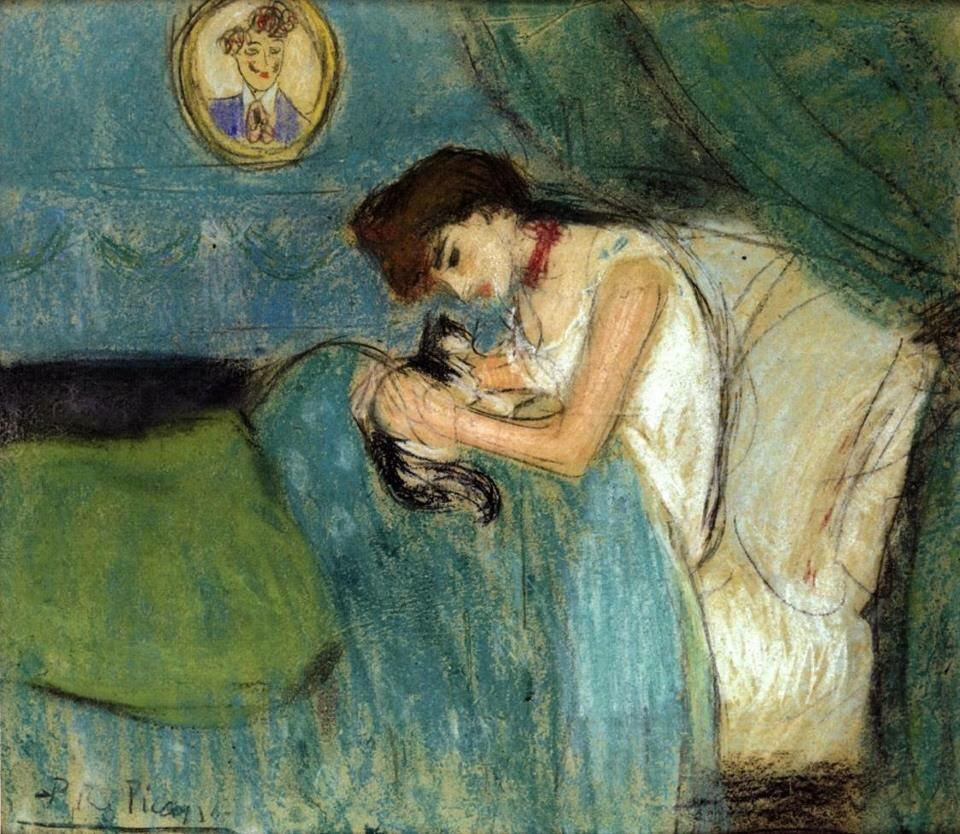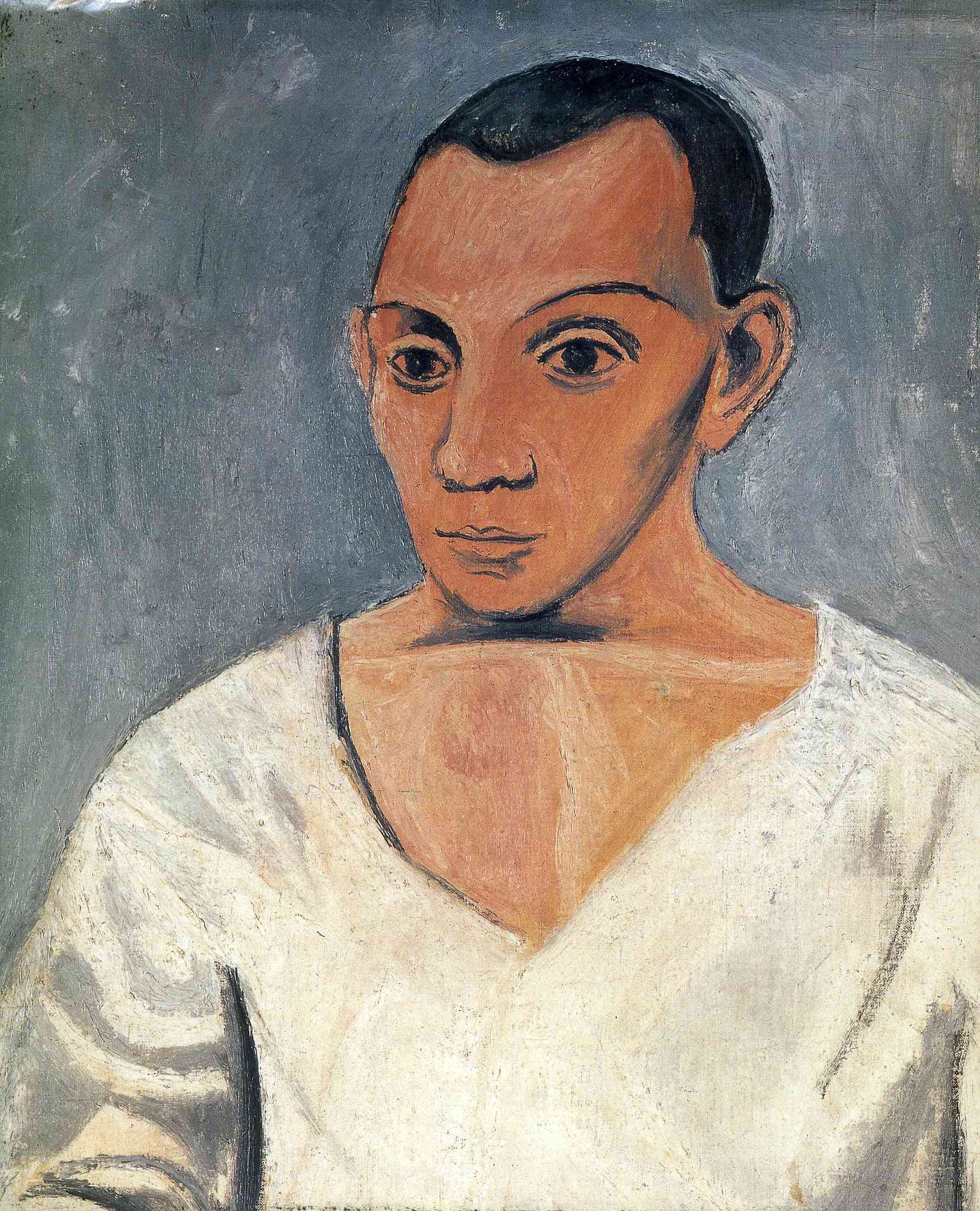The essence of excellence has for long been a matter of debate. From divine inspiration to mad genius or obsessive practice, we, the "ordinary", still seek a key element that gifts the "extraordinary". If I were to point out the personification of genius, Fernando Pessoa would be an ideal candidate. This poet developed different personalities, his heteronyms, to explore divergent styles and philosophies, each one with complex personalities and backgrounds, that signed poems apparently impossible to have belonged to the same creator. Unstable and prone to alcohol, said to suffer from mental conditions, Pessoa defined the poetic inspiration as a "balanced delirium", and bragged about writing fluidly poem after poem, standing, for whole nights – though academics today find it rather unlikely. Beneath the illusion of sudden inspiration and urgent genius, tons of drafts and sketches have been found, everything from guidelines to the astral map of characters for their personality to reflect upon. But however deep Pessoa's chest (where he kept his literature related papers) might be, Balzac must hold the record for the longest and most extensive work. The "Comédie humaine" consists of 91 works with characters crossing from book to book and covering a tremendous amount of episodes depicting the human condition. His working method is legendary, as he would write for hours powered by coffee, always preoccupied with thorough perfection, adding and chancing his work along the way, and sometimes even after publication. He aspired recognition, to achieve greatness. From a liberator point of view, Picasso has held a courageous aspiration, worthy of admiration, to be completely set free from the canon. Even though narcissistically, he didn't view success as external, and has famously said "It took me four years to paint like Raphael, but a lifetime to paint like a child". He wasn't afraid of experimentation and went by many phases, which shows both a distinct connection with free creation and a painting compulsion. In an unfortunate paradox, I've came across a simple chart that illustrated the different routines of notorious people – as I was relaxing by the pool, enjoying the brain numbness I thought my mind deserved after an exhausting semester – the timing for this exaltation of hard work couldn't have been worse: tomorrow I'll start doing something, tomorrow... Artur Deus Dionisio




Woman With Cat
oil on canvas • -
 Pablo Picasso
Pablo Picasso